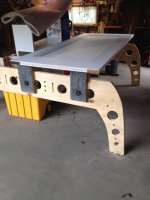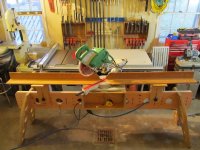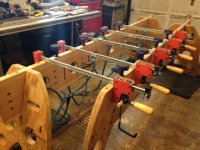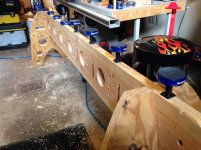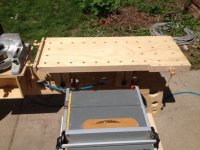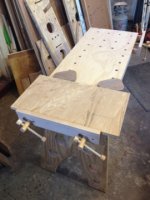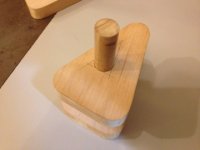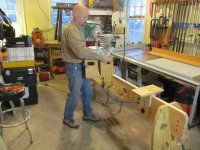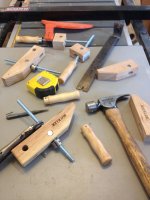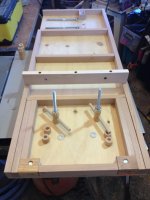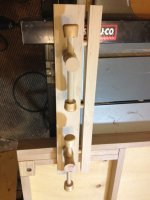basswood
Member
- Joined
- Mar 16, 2013
- Messages
- 30
Ron and NYC, Thanks for the compliment.
Here are a few photos of some of the setups these horses can be used for portable shop, adjustable padded work supports, stand-alone miter saw stand:
[attachimg=#][attachimg=#][attachimg=#]
Here are a few photos of some of the setups these horses can be used for portable shop, adjustable padded work supports, stand-alone miter saw stand:
[attachimg=#][attachimg=#][attachimg=#]


